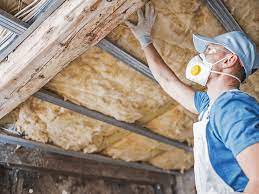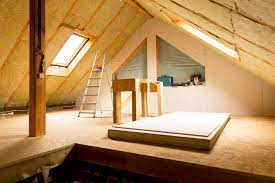Flooring insulation is a great way to save money and keep your home more comfortable. How to Choose the Right Floor Insulation for Your Home.
Unlike other home improvements, installing floor insulation is relatively inexpensive and requires very little maintenance. Read on to learn more about the different types of floor insulation available. How to Choose the Right Floor Insulation for Your Home.

Cost
It is also a great way to reduce noise and prevent draughts from entering your home.
The cost of floor insulation varies depending on the type you choose and the size of your home. However, you can find a number of grants that can help pay for your new floor insulation.
The climate in your area plays a major role in determining the kind of insulation you need for your home. For instance, if you live in a cold region, you’ll need thicker insulation that can effectively reduce heat loss. Other factors that influence the type of insulation you need include:
R-Value
Insulation is rated by its R-Value, which indicates how much resistance it offers against the flow of heat. Higher R-Values slow down the transfer of energy and keep indoor temperatures more comfortable.
For example, squishing two layers of fiberglass batt insulation together increases the overall thickness, but does not double its R-Value.
In addition, older insulation loses its R-Value over time as it ages and accumulates moisture. That’s why it’s important to have an accurate R-Value if you plan on adding or replacing your home’s floor insulation. Using a computer program, you can determine the recommended R-Value for your specific home and region. This is a good way to ensure that you are getting the best value for your money.
Type of Floor
When it comes to insulating your home, most people prioritize the walls and attic, but many overlook floors. Floor insulation helps to lower energy bills by keeping the heated air inside your home and cold air outside.
When choosing a type of insulation for your floor, consider the R-Value (R-value measures the resistance to heat flow). The higher the R-Value, the better the insulation will perform.
Fibreglass blanket floor insulation is a popular option for underfloor insulation in suspended timber floors. It is suitable for use with standard joist spacing and is relatively inexpensive.
It is not as forgiving as other less rigid materials, so accurate measuring and cutting is required.
Installation
It can also help reduce drafts and make your home feel more comfortable.
Also, it’s important to remember that you should always use a professional for any installation work.
Glasswool and cellulose are common types of floor insulation. These products are ideally suited for underfloor application and have the added benefit of acting as a vapour barrier. They are also very easy to install. Just be sure to follow the safety advice and mark the location of any electrical wires to avoid tripping hazards needs read more hear.





















